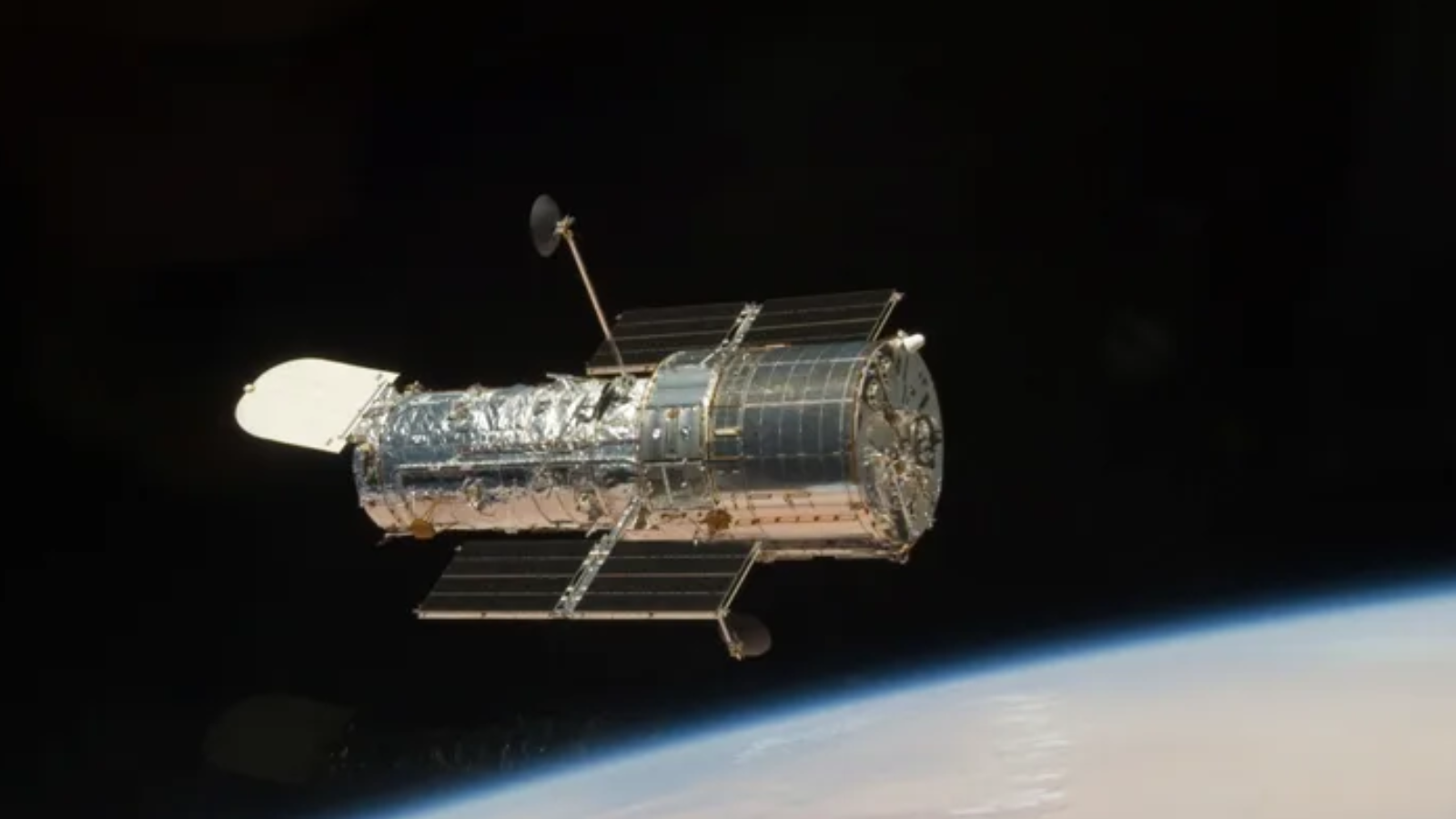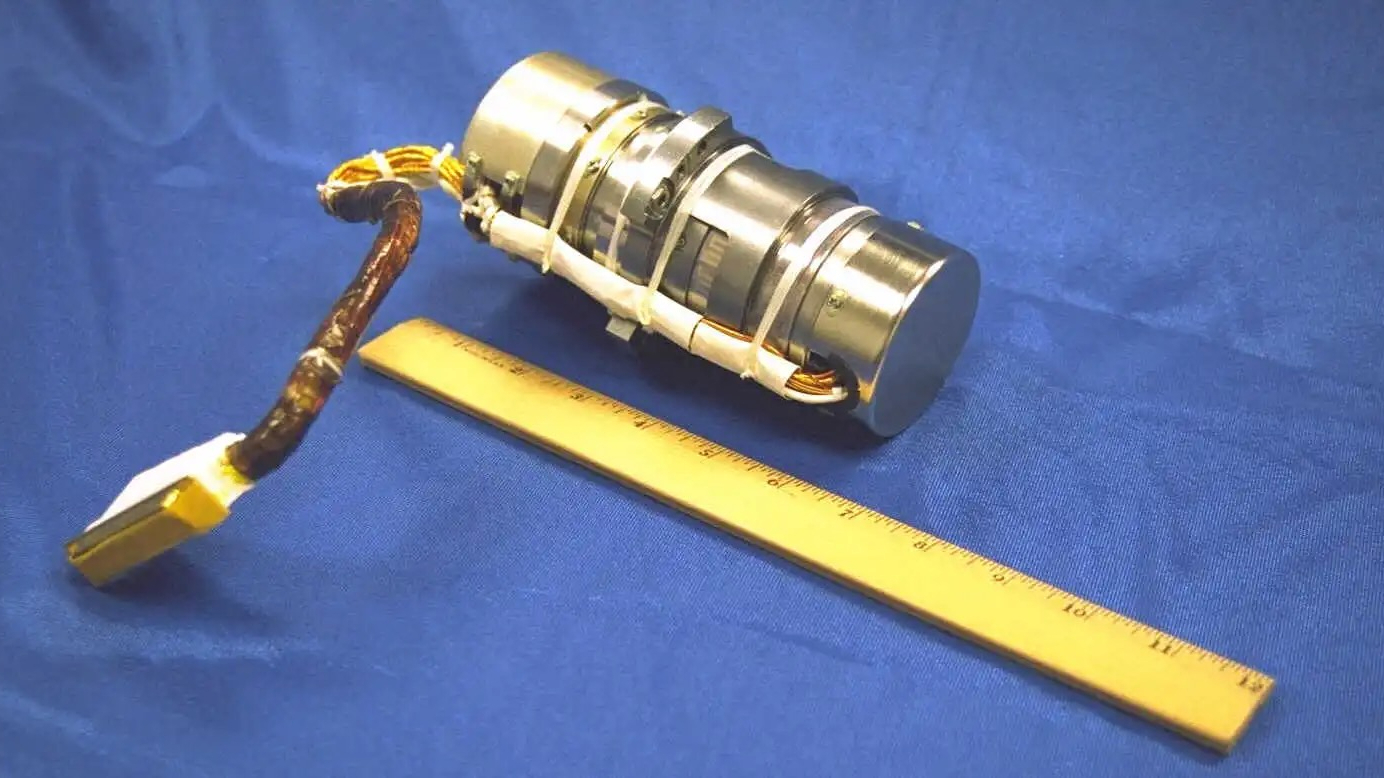
The Hubble Space Telescope continues to show signs of its advanced age.
Late last month, the iconic observatory went into a protective "safe mode" after detecting anomalous readings from a gyroscope, a device that helps mission team members point Hubble toward its cosmic targets.
NASA officials announced today (June 4) that the misbehaving hardware is beyond repair, leaving Hubble with just two functioning gyros out of a total of six. As a result, the agency will shift the telescope into one-gyro mode, keeping the other healthy one in reserve for future use.
But don't panic: This doesn't mean the end is near for the orbiting observatory.
"Hubble has observed the universe for three decades now and will continue to do so for years to come," Mark Clampin, director of the agency's Astrophysics Division and Science Mission Directorate at NASA Headquarters, said during a press briefing this afternoon.
Related: Hubble Space Telescope: Pictures, facts & history

Gyro issues have cropped up repeatedly for Hubble over the years. NASA astronauts replaced gyros multiple times on servicing missions to the observatory, five of which were performed between December 1993 and May 2009. (The first servicing effort was the most critical, fixing Hubble's blurry vision, which was caused by a flawed primary mirror.)
Indeed, though Hubble holds just six gyros at a time, a total of 22 of the devices have found their way into the observatory over the decades, thanks to the servicing missions. Nine of those 22 have now suffered failures.
Hubble's pointing-control system normally employs three gyros at a time, with three held in reserve. But there's margin built into that strategy; the observatory has previously operated in two-gyro mode, for example, using other onboard sensors to substitute for the third device.
One-gyro mode is also an option, and the performance difference between it and two-gyro mode is negligible, according to NASA officials. So it makes sense to control Hubble with just one gyro from here on out, saving the other one for future use, Clampin said.
"Operationally, we believe this is our best approach to support Hubble science through this decade and into the next, since most of the observations it makes will be completely unaffected by this change," he said today.
Hubble should be up and running in the new mode around mid-June, said Hubble project manager Patrick Crouse, of NASA's Goddard Space Flight Center in Maryland, who was also on today's call. The telescope should keep on going for a while after that, provided nothing unexpected crops up, he added.
"We updated our reliability assessments for the gyros, assuming that this gyro is no longer useful to us, and we still come to the conclusion that there's a greater than 70% probability of operating at least one gyro through 2035," Crouse said. "So we do not see Hubble as being on its last legs."
That said, one-gyro mode will impose some limitations on the Hubble team. For example, it will take longer to switch from one science target to the next, Crouse said, leading to perhaps a 12% reduction in scheduling efficiency.
Hubble also won't have as much flexibility in terms of which parts of the sky it can observe at a particular time, he added. And the telescope will no longer be able to track moving targets that are closer to us than Mars is, "although those targets have been rare targets for Hubble over the years," Crouse said.
The mid-2030s, by the way, could be the end of the line for Hubble no matter how long its remaining gyros last. That's the beginning of the window when drag could bring the telescope down to a fiery death in Earth's atmosphere.
NASA has studied ways to stave off that fate, including a proposed private plan to boost Hubble's orbit via a crewed SpaceX Dragon mission, but there's nothing in the works at the moment.
"After exploring the current commercial capabilities, we are not going to pursue a reboost right now," Clampin said.







